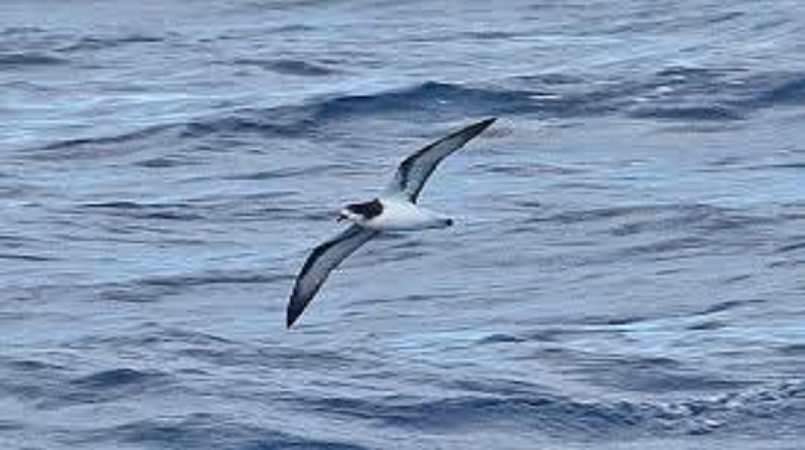
Vanuatu is a hot spot for nature conservation in the Pacific. It is the home to nine globally endangered bird species and nine endemic species.
Eight important bird and biodiversity areas have been identified by BirdLife, part of a suite of 27 Key Biodiversity Areas in country. Like most Pacific communities, the biggest challenges for the unique nature of Vanuatu are introduced predators and unsustainable land use, including some traditional farming (gardens), forestry and mining.
For conservation to work it has to be driven by the people who are directly impacted by the conservation action being proposed and be part of it. They recognise the impact of land development and introduced predator species on the birds and other wildlife of importance to them. There is growing concern about the decline in plants and birds that had traditionally been used and harvested by the village communities and this has raised the awareness of the need for a change.
The impact of climate change is already showing its hand in the Pacific with sea rise and, especially, more extreme climatic conditions. In 2015 Cyclone Pam devastated Vanuatu and the lives of its people. It is still recovering and this was especially the case for some of the remote villages, many in the areas where nature is most challenged.
So far there is no BirdLife partner in Vanuatu but, with the support of the Critical Ecosystem Partnership Fund, BirdLife has been working with local community conservation groups through the Vanuatu Environment Advocacy Network (VEAN). VEAN already covers 20 community-based groups as members.
BirdLife is helping VEAN to develop as a democratic NGO. This includes helping with governance, administration and finance and running courses to help the community participants apply for funding to support their projects.
Many local communities in Vanuatu have traditionally harvested wild food and have used forms of tabu to modify the harvesting to ensure that the food is available into the future. They are however aware of increasing pressures on the food source and have requested BirdLife’s help to develop a more robust, and sustainable harvest. Two species include the Vanuatu Megapode and the Collared Petrel – both listed as globally threatened (Vulnerable) under the IUCN RedList.
To many people in the Western world, harvesting species that are at threat would seem inappropriate. To village people, living a semi-subsistence lifestyle, the intrinsic values of individual species do not seem important but, when these species have a special heritage and traditional role in their lives, then the aims of conservation meet with the aspirations of the community. If we can control any harvest at sustainable levels and work with local people to protect the nesting sites from predators then we will maintain, or increase, the value of the native vegetation to the community and so reduce the pressure from habitat modification. This is an important way of ensuring the long-term future for these species, will form strong partnerships between the community and conservation organisations and, where necessary, control any harvest – which can only be achieved by the villagers themselves.
The Collared Petrel is special species to the local people of Tanna. It is a globally threatened bird, known to nest only on four islands in Fiji and Vanuatu, and yet the young birds are traditionally harvested at some of these sites.
As with all conservation – one of the big issues to get widespread support from the community is to get them to recognise that a precious tradition or natural treasure could be lost. This is now part of the future of these village people.
